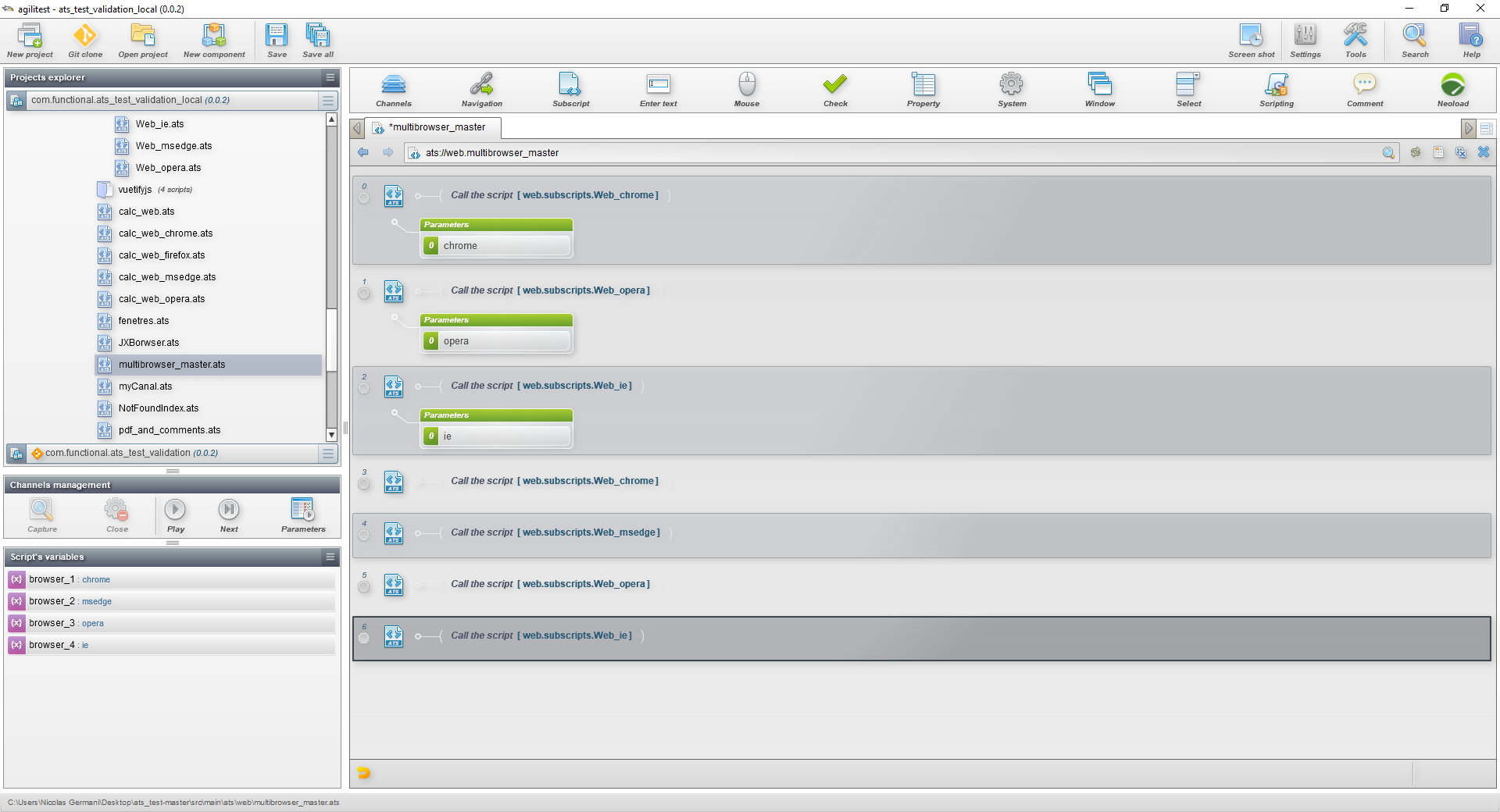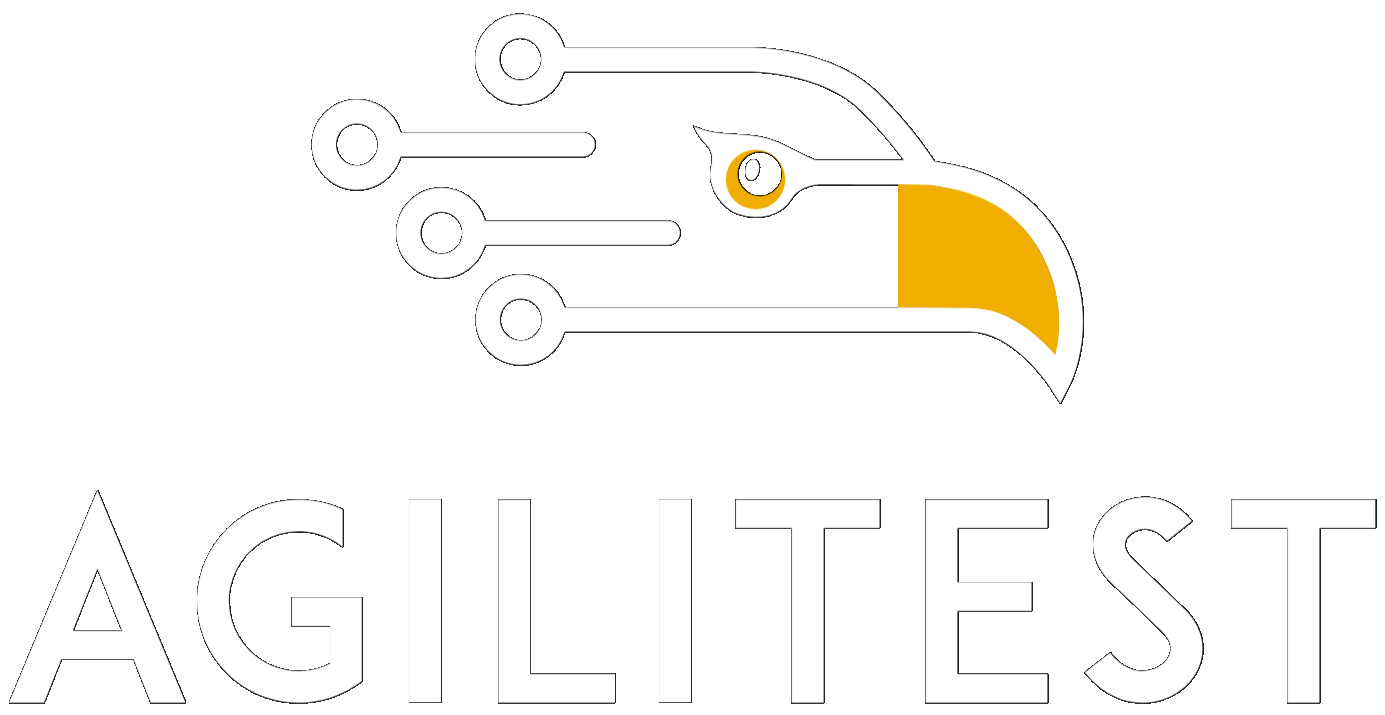Why is legacy testing application challenging?
Manual validation
High maintenance
Poor quality
Cost management
Discover Agilitest, a no-code functional automation platform for legacy testing

Streamline tests
Leverage test validation


Get a better path coverage
Improve data-driven testing


Save time and money
Create complex and scalable automated user interface tests. Quickly produce tests which will cover 80% of your end-to-end business processes and reduce workload and delivery delays.
Powerful functional testing software tailored for legacy testing application
Easy to use for testers, powerful for developers,
high-performing for all

'We saved 30mn per tester and per day'
More resources about legacy testing application
Frequently asked questions about legacy testing.
What is legacy testing?
A legacy software is a software that has been in production for some time. It may have had several successive versions or code refactorings that correctly met the customers needs. The maintenance of this kind of solution can be reduced to a minimum: few evolutions and limited bug fixes. The maintenance can be ensured by a team composed of a part-time single person. This kind of software is "as is" as far as the testing and validation aspects are concerned, and everything is possible: manual tests galore or redundant tests, automated tests on several automation solutions, no data tests, no unit tests...
Why is legacy software testing important?
Legacy software testing is important because older software systems are often critical to business operations and can be difficult to replace or upgrade. Testing helps to identify any potential issues or bugs that may impact the functionality of the software, allowing them to be addressed before they cause problems.
How is legacy software testing different from testing newer software?
Legacy software testing is often more challenging than testing newer software because the older systems may not have documentation or support resources available. Additionally, the software may have been modified over time by different developers, making it more difficult to understand how it functions.
How often should legacy software be tested?
The frequency of legacy software testing will depend on the specific needs of the software and the business it supports. It is generally recommended to perform testing on a regular basis, such as every six months or annually, to ensure that the software is functioning properly and to identify any potential issues before they cause problems.
See Agilitest in action. Schedule a demo
For free and forever.





